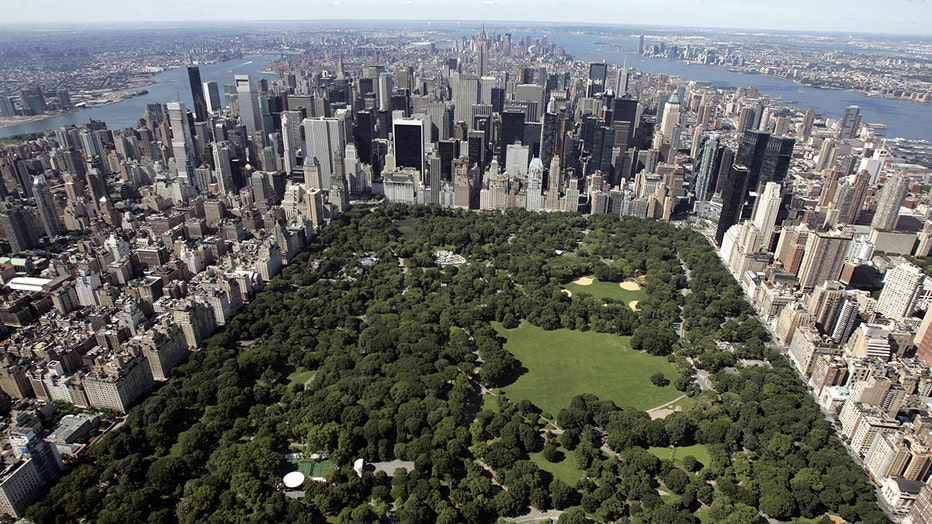Study finds greener cities could benefit human health, save thousands of lives
BOSTON - A new study finds that increased green spaces in cities could benefit a person’s health and subsequently reduce mortality rates among older adults.
According to the study, published earlier this month in "Frontiers in Public Health," researchers found that between 34,000-38,000 deaths in people 65 and older could have been reduced between 2000 to 2019 if "greenness" increased by 0.1 units in U.S. metropolitan areas.
In addition, approximately 15 to 20 deaths per 10,000 people in the age group could be reduced with an increase in vegetation.
Researchers at Harvard and Boston University’s School of Public Health focused their analysis on 35 metropolitan cities, along with people aged 65 and older in order to more easily quantify the potential reductions in mortality in a generally vulnerable population.
For the study, the team utilized publicly available population data from the U.S. Census, mortality data from the Centers for Disease Control WONDER system and greenness data from NASA's Landsat satellites to conduct its health impact assessment.

Aerial view of Manhattan looking south over Central Park 01 July 2007 in New York City. AFP PHOTO/Stan HONDA (Photo credit should read STAN HONDA/AFP via Getty Images)
The study period focused on three distinct time periods across a 20-year span: 2000, 2010, and 2019 and used the Normalized Difference Vegetation Index (NDVI), a commonly used metric that estimates the quantity of green vegetation.
"In total, we estimated there would have been ~34,000 fewer deaths in 2000, and 2010, and 38,000 fewer deaths in 2019 if greenness were increased by 0.1 in all census tracts," the co-authors wrote in its study.
The estimated reduction in deaths per 10,000 for a population of 65 and over was highest in 2000 when 20 deaths per 10,000 would have been reduced.
The study also showed that overall greenness in metro areas has increased in the past 20 years, by nearly 3% between 2000-2010 and more than 11% between 2010-2019.
"Given the potential health benefits of greenness and greenspaces, urban planners and policy makers can use findings from this study to support sustainability and climate action plans," the co-authors continued.
The team noted that greening may not be realistic due to differing climates, water resources and climate action plans, but explained that city planners can use these findings to examine and develop changes.
Nature may improve health
And, this study builds upon other research on the health benefits of greenness.
Recently, another large cohort study conducted in Hong Kong focused on the indirect association between greenness and respiratory mortality due to air pollution and found that elders living in low greenness areas had a higher rate of mortality than those living in higher greenness areas.
Additionally, in a nationwide cohort study of 4.2 million adults with 7.8 million follow-up years, investigators concluded that individuals living in greener areas had lower levels of mortality.
RELATED: Here’s why doctors across the US are prescribing a day in nature for good health
Other studies have also shown evidence that suggests greenness can increase physical activity, such as walking, and decrease stress thus having a protective effect on mortality.
A 2019 study found that spending at least two hours a week in nature has a variety of positive health benefits.
This story was reported from Los Angeles.


